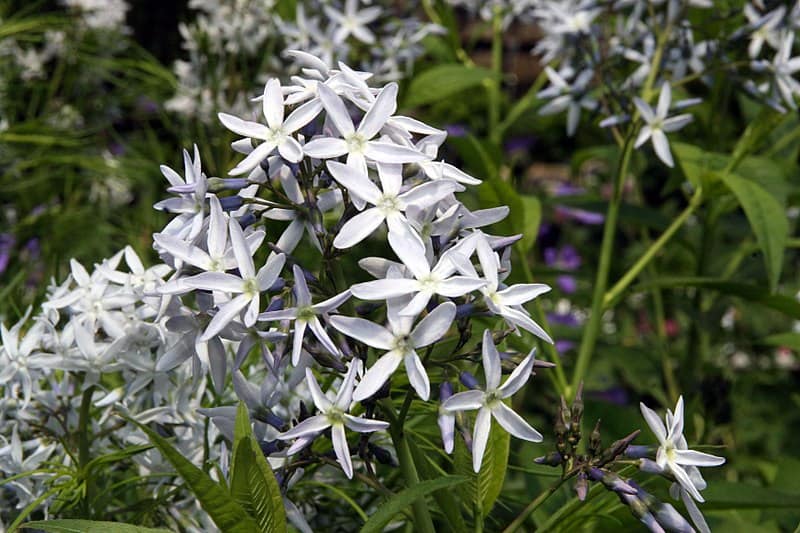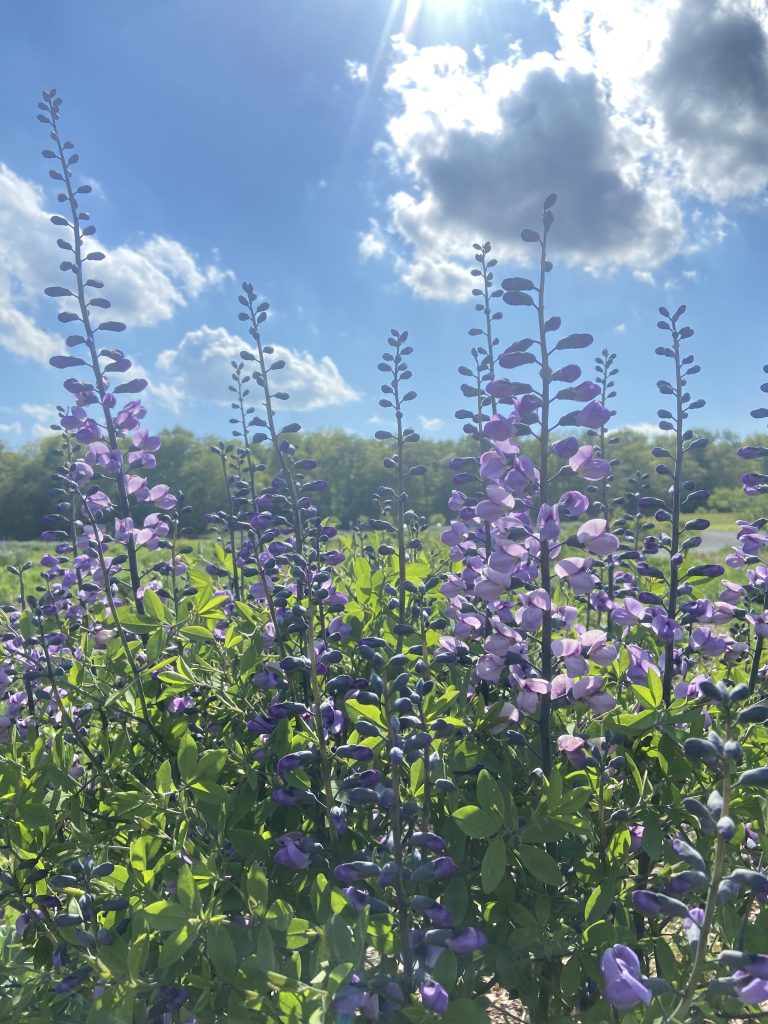Native Plants in Profile: Fothergilla gardenii
Coastal Witch Alder is a deciduous shrub renowned for its fragrant, bottlebrush-like flowers and stunning fall foliage. It typically grows to a height of 2 to 3 feet, with a similar spread. The foliage is oval-shaped, leathery, and dark green in color, turning vibrant shades of orange, red, and yellow in the autumn. The flowers bloom in early spring, before the foliage fully emerges, and are comprised of tiny, fragrant, white or creamy-white petals arranged in cylindrical spikes.
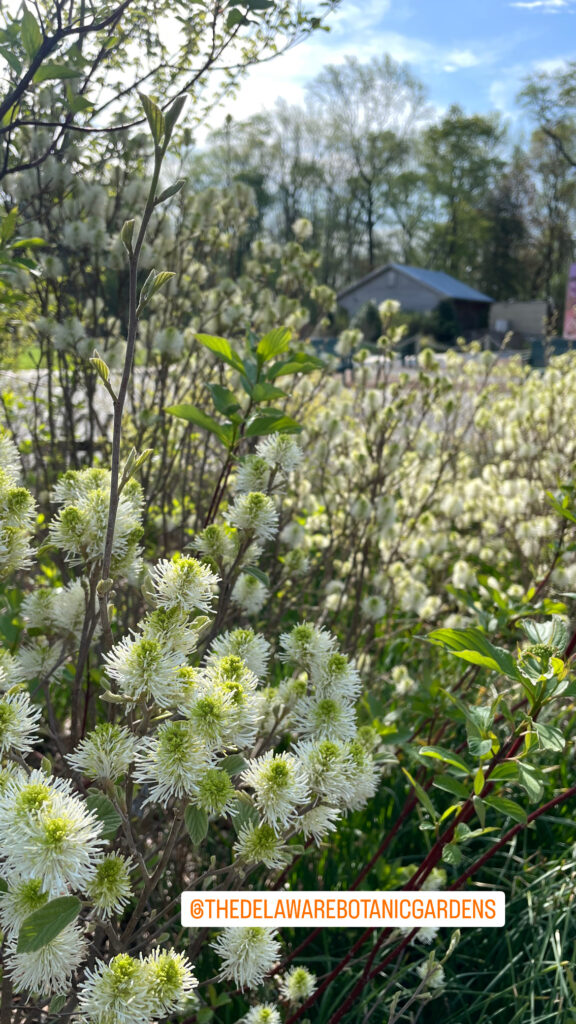

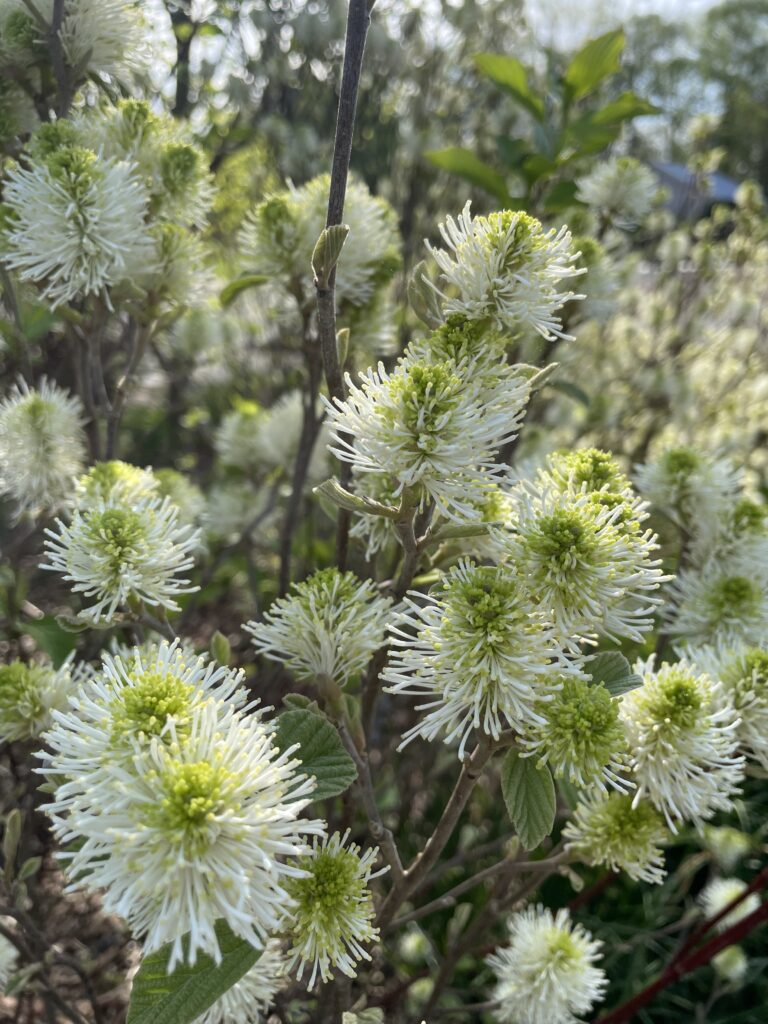
Botanical Name: Fothergilla gardenii
Common Name: Coastal Witch Alder
Native Range: Coastal Witch Alder, Fothergilla gardenii, is native to the southeastern United States, primarily found in regions stretching from North Carolina to Louisiana. It thrives in the moist woodlands and along the edges of streams and swamps in this area.
Several cultivars of Fothergilla gardenii are available, each offering unique characteristics and benefits. Some notable cultivars include:
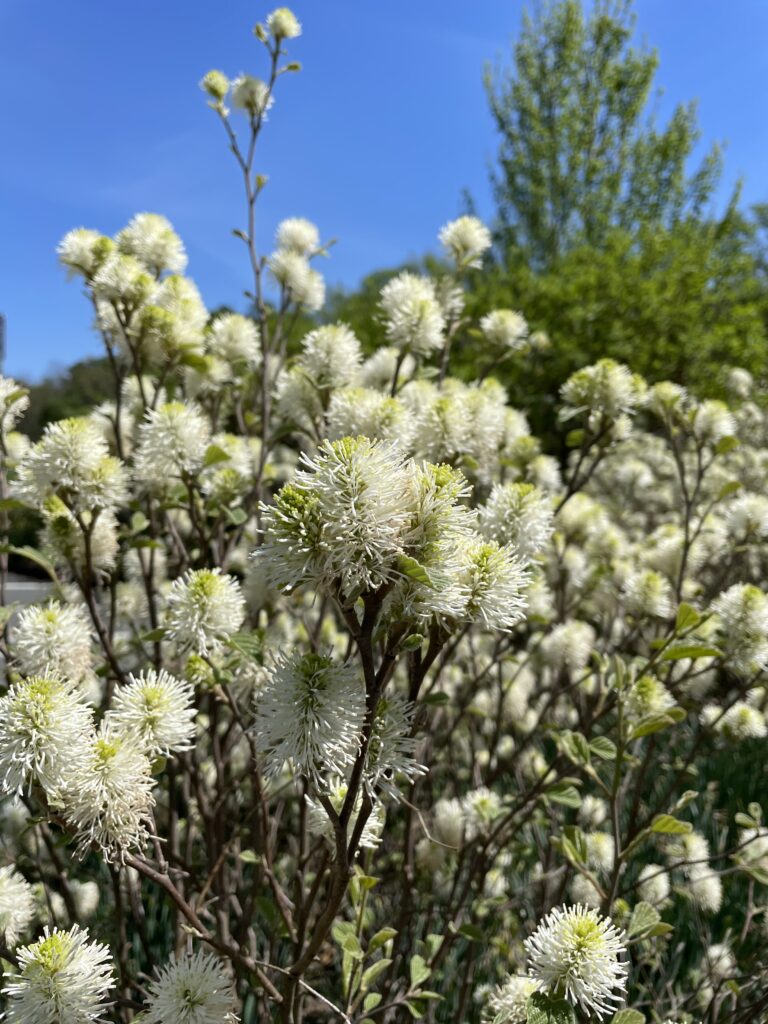
Cultivars:
1. ‘Blue Shadow’: This cultivar is prized for its striking blue-green foliage, which contrasts beautifully with the typical green foliage of the species.
2. ‘Mount Airy’: Known for its exceptional fall color display, ‘Mount Airy’ produces vibrant hues of orange, red, and purple.
3. ‘Suzanne’: This cultivar is valued for its compact growth habit, making it ideal for smaller gardens or container planting.
Habitat:
Coastal Witch Alder thrives in moist, acidic soils with good drainage. It is well-suited to woodland gardens, where it can benefit from dappled sunlight or partial shade. While it can tolerate some drought once established, regular watering during dry periods is beneficial, particularly in hotter climates. This shrub is also deer-resistant, making it a suitable choice for gardens frequented by wildlife.
Companion Planting:
When planning companion planting with Fothergilla gardenii, consider plants that complement its unique characteristics and growing requirements. Some suitable companion plants include:
1. Rhododendrons and Azaleas: Like Coastal Witch Alder, these acid-loving shrubs prefer similar growing conditions and create a harmonious woodland garden aesthetic.
2. Hosta or Heucheura: The lush foliage and shade tolerance of hosta or heuchera pair well with Coastal Witch Alder, adding texture and interest to the garden understory. Tiarella is a great native companion that flowers at the same time as coastal Witch Alder a timely combination.
3. Ferns: Ferns, such as Ostrich Fern (Matteuccia struthiopteris) or Christmas Fern (Polystichum acrostichoides), thrive in the moist, shaded environment provided by Coastal Witch Alder and contribute to a naturalistic woodland ambiance.
Care and Maintenance:
To ensure the health and vitality of Coastal Witch Alder, consider the following care and maintenance tips:
Pruning: Minimal pruning is required, primarily to remove any dead or damaged branches. Prune immediately after flowering to maintain the shrub’s natural shape and promote healthy growth.
Fertilization: Apply a balanced, slow-release fertilizer in early spring to provide essential nutrients for vigorous growth and abundant flowering.
Mulching: Apply a layer of organic mulch, such as shredded bark, pine straw or compost, around the base of the shrub to retain moisture, suppress weeds, and insulate the roots from temperature fluctuations.
Watering: Provide regular watering, particularly during periods of drought or high temperatures, to keep the soil consistently moist but not waterlogged.
By incorporating Coastal Witch Alder into your landscape design and selecting suitable companion plants, you can create a vibrant and dynamic woodland garden that thrives year-round, delighting both you and visiting wildlife with its beauty and fragrance.
Credit and Photo: Delaware Botanic Gardens
Stephen Pryce Lea – Director of Horticulture


